Jackson Hole History
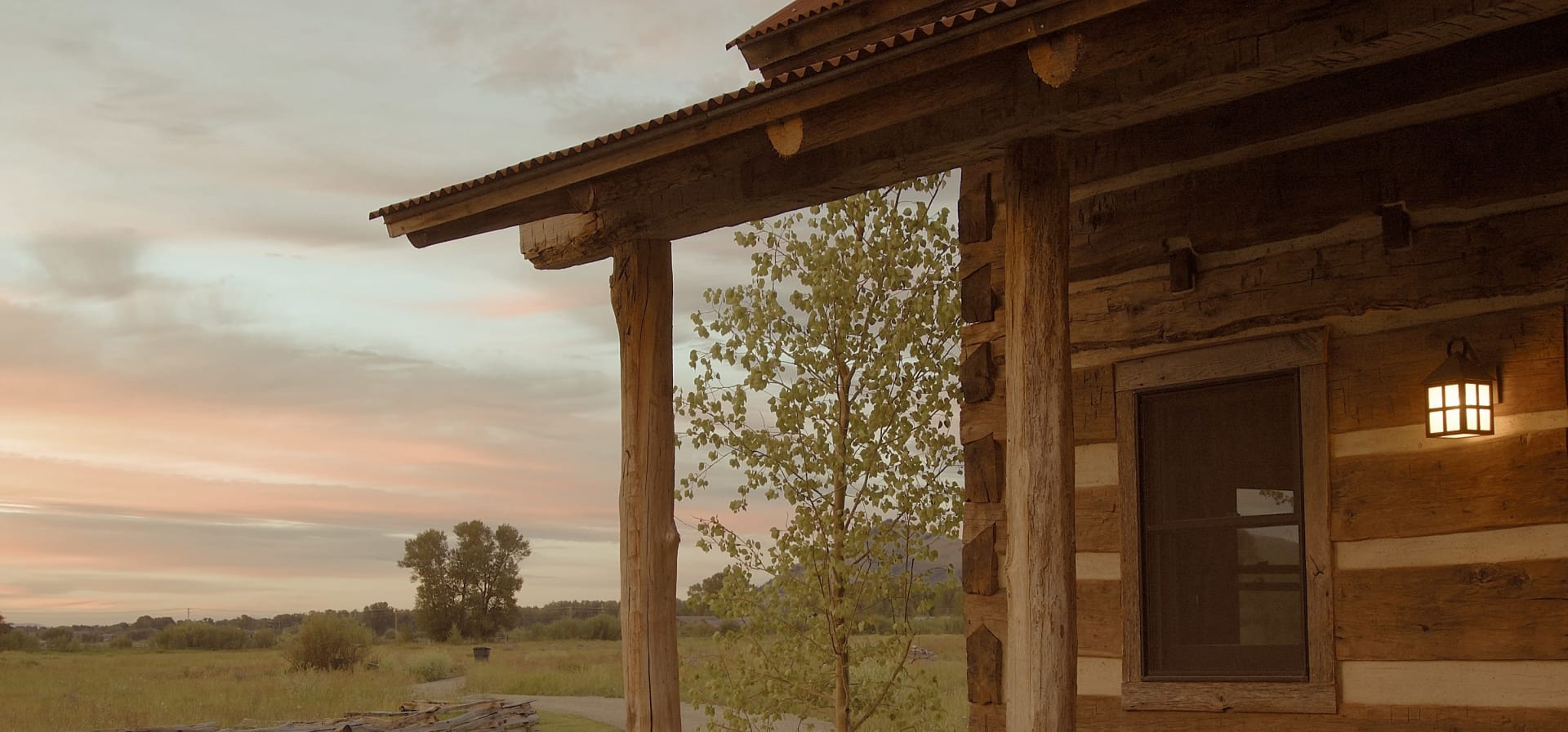

Tracing back to the early 19th century, Jackson Hole was first witnessed by European-American eyes when John Colter, a former member of the Lewis and Clark Expedition, ventured into the area. Despite skepticism, his descriptions laid the groundwork for future explorers.
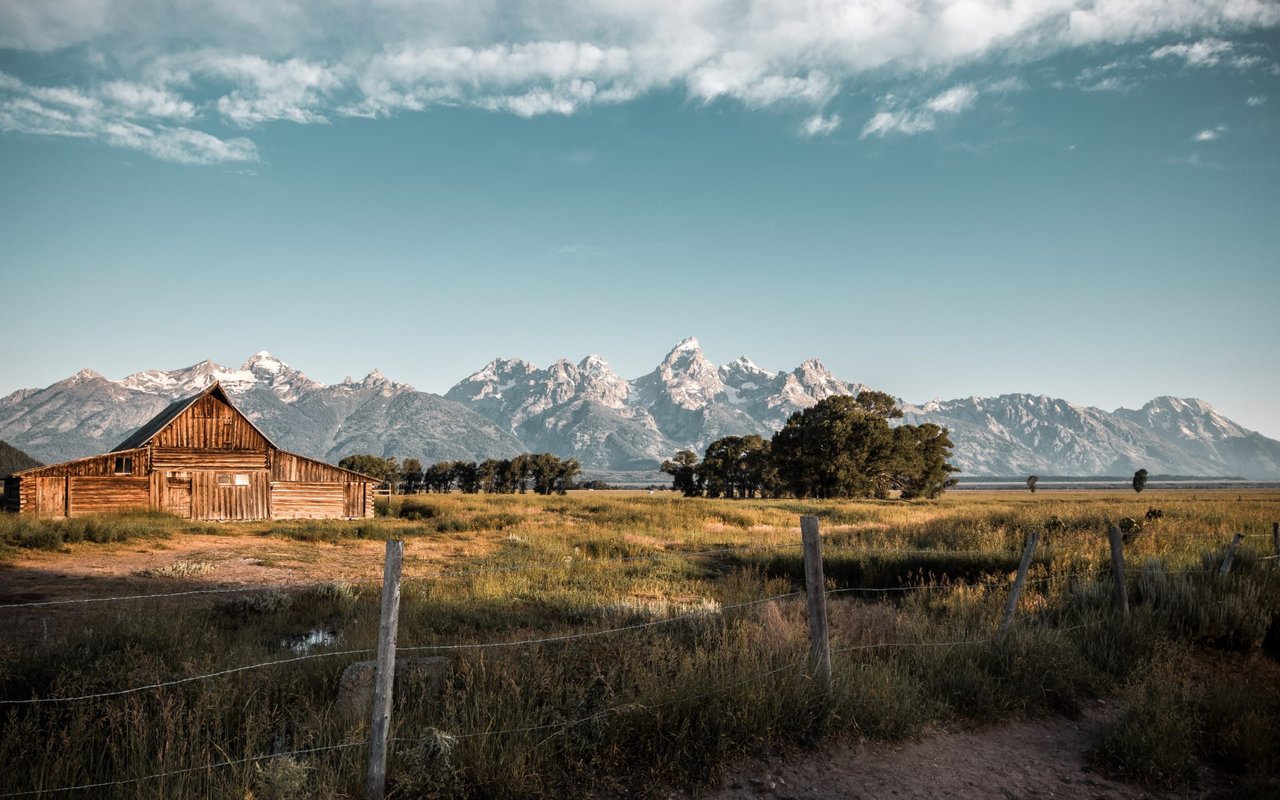
In the late 1890s, Margaret Simpson required a name for the area to receive mail at her home. She chose Jackson to honor the trapper David Edward Jackson, establishing a practice that led to the official incorporation of the town of Jackson in 1914.

Though not conducive to farming, the valley's rich land supported cattle grazing and paved the way for the burgeoning tourism industry with the rise of dude ranches, marking the transition from a purely natural landscape to a settled community.
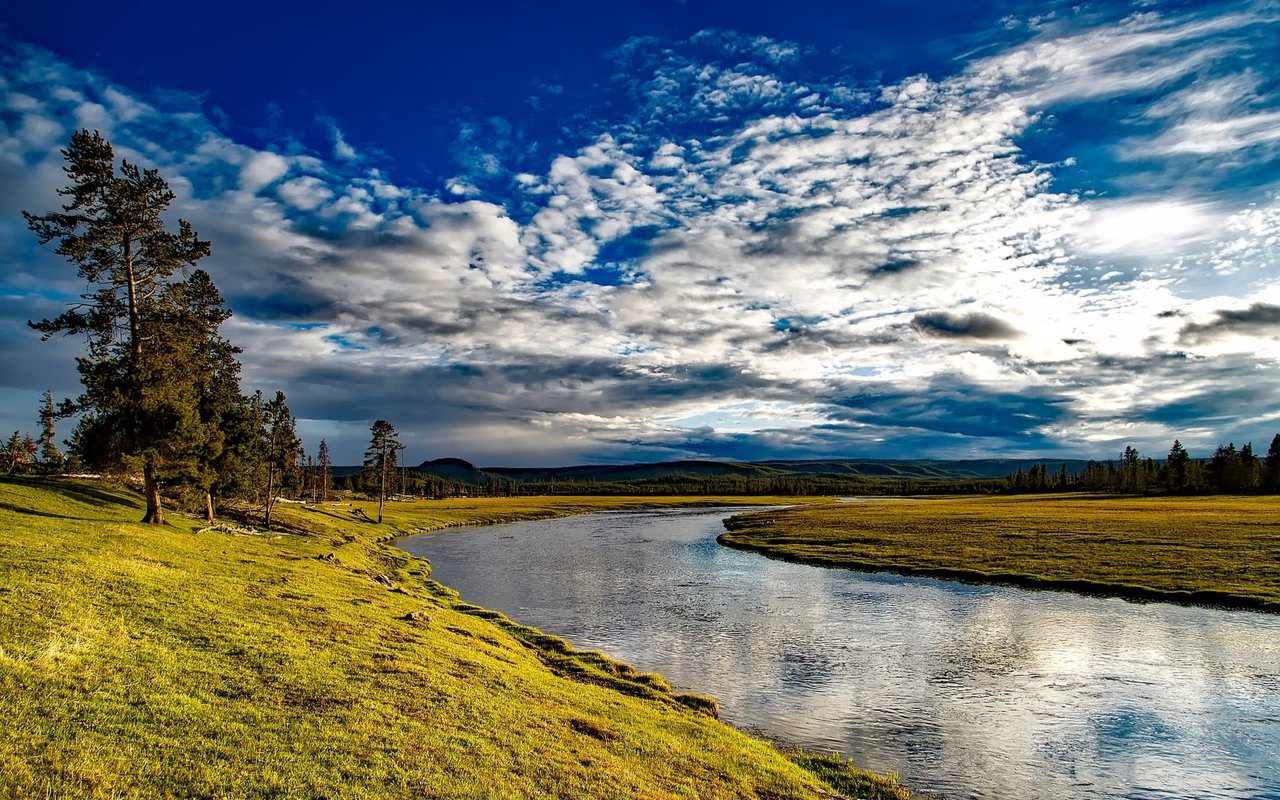
Jackson Hole expanded with the establishment of small settlements and the introduction of routes like Teton Pass, which provided crucial access to neighboring states and facilitated gatherings such as the Rocky Mountain Rendezvous.
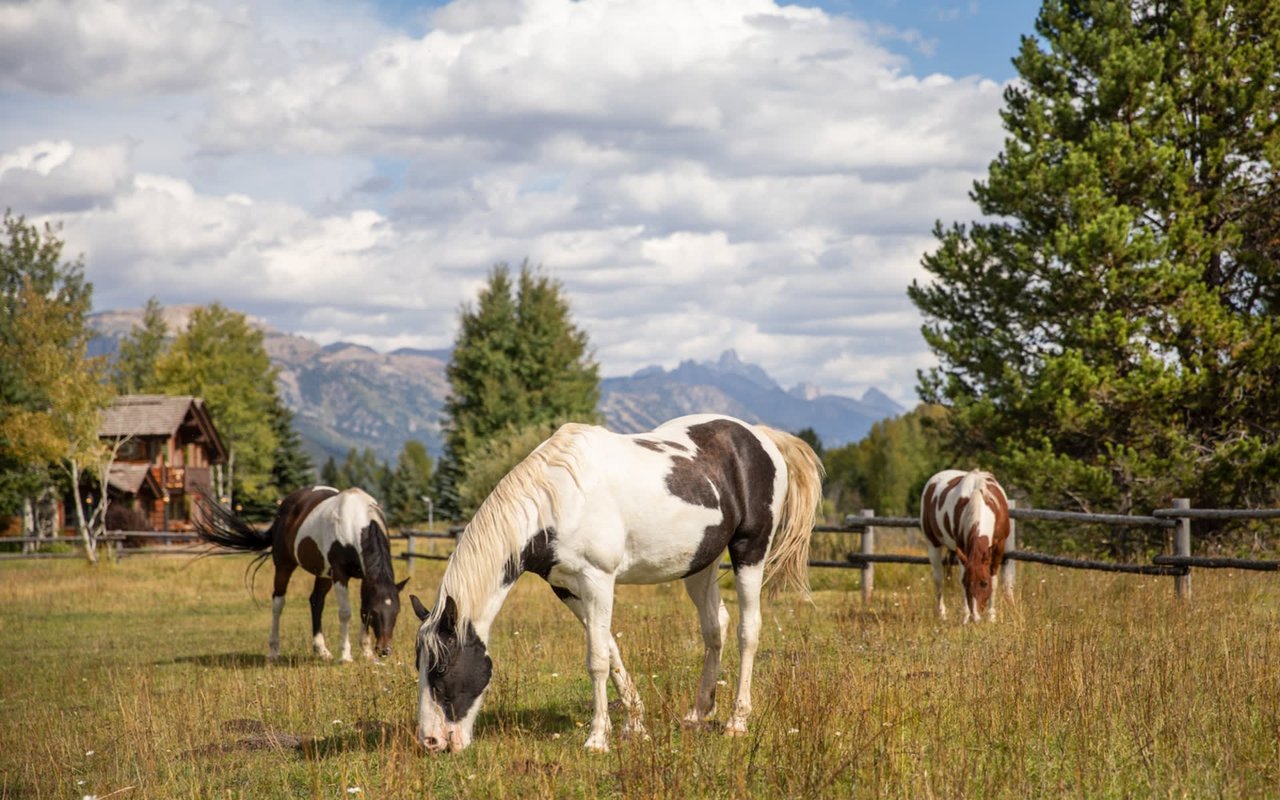
The valley, dominated by the Teton and Gros Ventre ranges, is home to national parks and refuges. Key geographical features include Jackson Lake, Teton Glacier, and the National Elk Refuge, which underscore the region's natural grandeur.
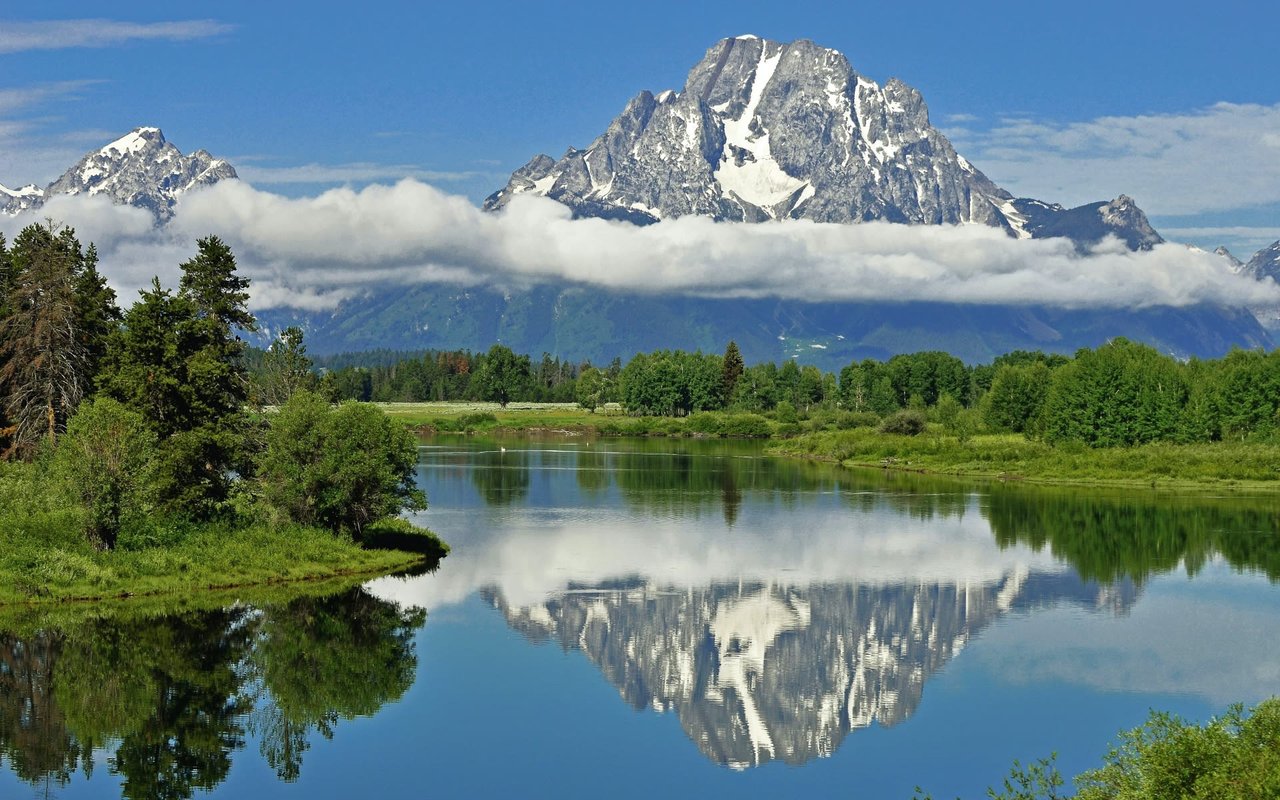
Characterized by its high elevation, Jackson Hole experiences severe temperature variations. The valley's unique topography leads to some of the coldest temperatures recorded in the United States.
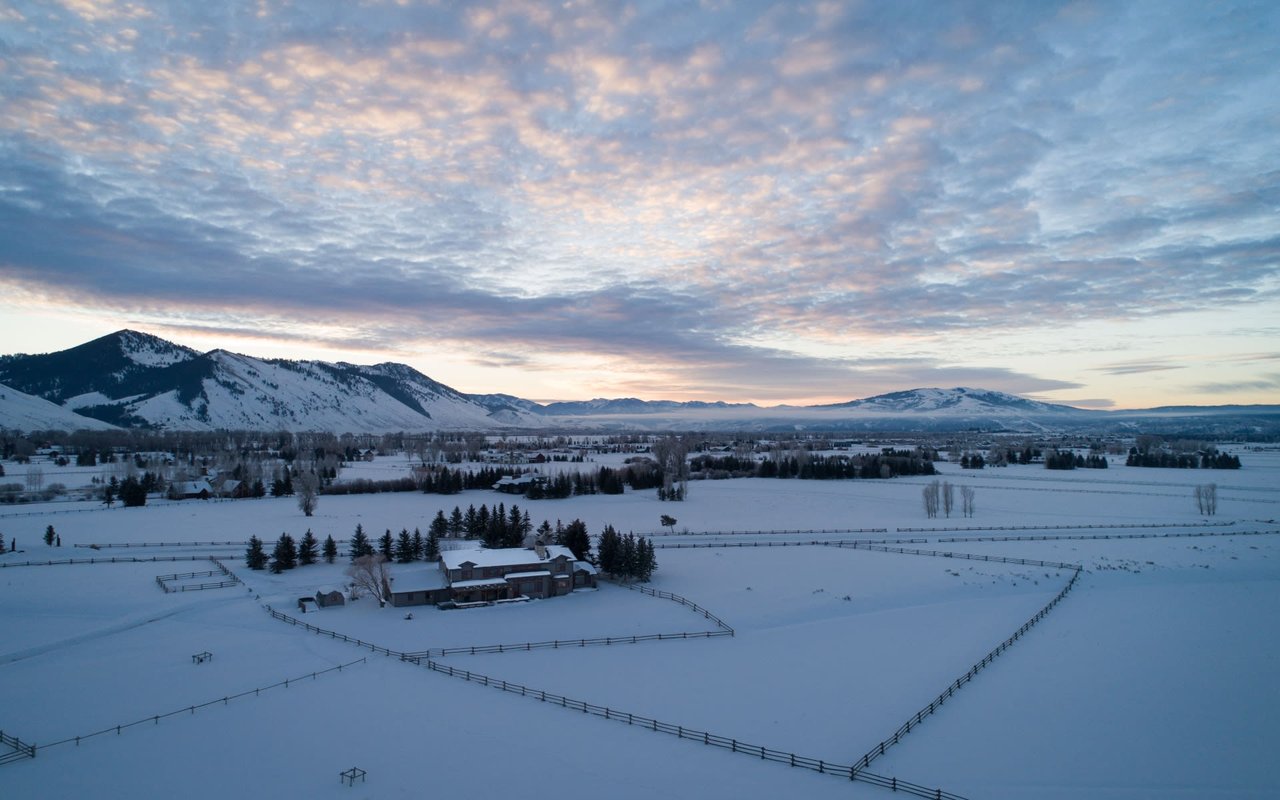
Jackson Hole has evolved with its airport within a national park and modern technological initiatives like live webcams to boost tourism. It also plays host to significant economic forums, reflecting its status as a nexus of natural beauty and contemporary economic discourse.

Jeff Ward
Kelli Ward
295 West Pearl Avenue
Jackson, WY 83001